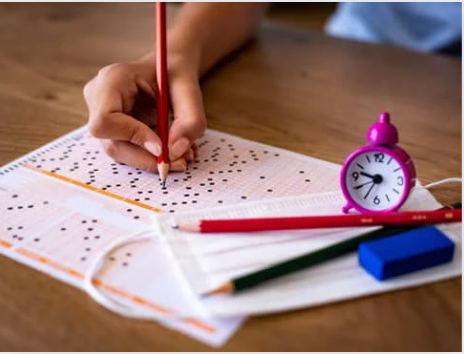
IELTS/OET Training
Training for the IELTS exam, especially for nurses, requires a targeted approach to ensure proficiency in the language skills needed for both the exam and professional practice. Here’s a structured plan to help you prepare:
01. Understanding the IELTS Structure
1. Listening (30 minutes):
- Four sections with 10 questions each.
- Types of recordings: conversations and monologues.
2. Reading (60 minutes):
- Three sections with a variety of question types.
- Types of texts: descriptive, factual, discursive, and analytical.
3. Writing (60 minutes):
- Task 1: Report writing (150 words).
- Task 2: Essay writing (250 words).
4. Speaking (11-14 minutes):
- Part 1: Introduction and interview.
- Part 2: Long turn (a short speech).
- Part 3: Discussion.
Consultancy support can be a great asset for nurses preparing for the IELTS exam, providing structured guidance, resources, and personalized coaching to enhance their chances of achieving the required band scores. Here’s how consultancy support can help, along with some recommended services and strategies:
How do we support
5. Personalized Study Plans:
- Part 1: Introduction and interview.
- Part 2: Long turn (a short speech).
- Part 3: Discussion.
6. Expert Guidance:
- Experienced tutors provide insights into exam techniques and strategies tailored to the IELTS format.
7. Regular Feedback:
- Detailed feedback on practice tests and writing/speaking tasks to help you improve.
8. Resource Provision:
- Access to a wide range of study materials, including practice tests, sample questions, and model answers.
9. Motivation and Accountability:
- Regular check-ins and progress tracking keep you motivated and on track with your study plan.
Additional Focus
- Vocabulary: Focus on medical and healthcare terminology.
- Professional Communication: Practice scenarios like patient interviews and case presentations.
- Cultural Sensitivity: Understand cultural nuances in language use, particularly in patient interactions.
